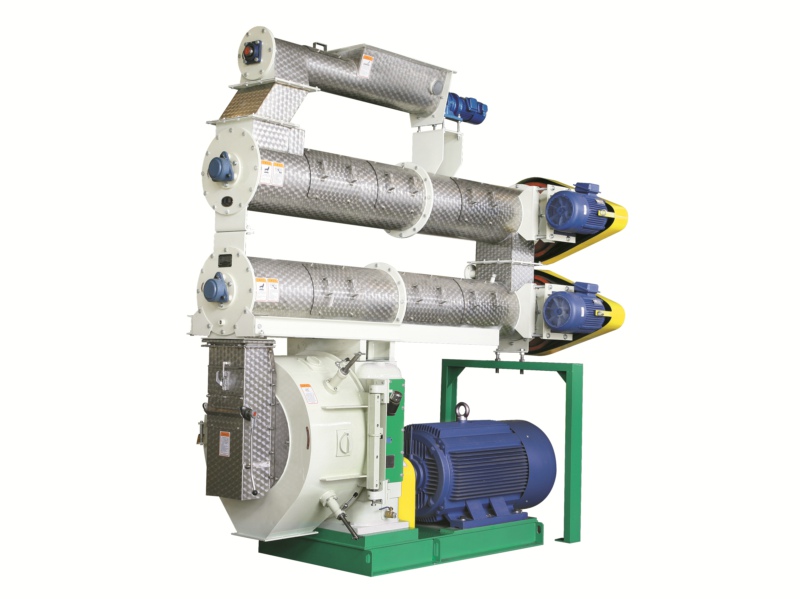 Home > News
Home > News
As the demand for fish food continues to increase, the use of floating fish feed extruder has become a popular method for producing high-quality fish feed. This technology allows for the production of floating pellets that are both nutritious and cost-effective. However, like any technology, there are pros and cons to using a floating fish feed extruder.

Pros:
High-Quality Fish Feed: One of the main benefits of using a floating fish feed extruder is the ability to produce high-quality fish feed. The extrusion process involves mixing various ingredients to create a well-balanced diet for the fish. The result is a pellet that contains all the essential nutrients required for healthy fish growth.
Increased Efficiency: Compared to traditional manufacturing methods, using a floating fish feed extruder can significantly increase production efficiency. The extruder can handle large quantities of ingredients and produce a consistent product with minimal waste.
Cost-Effective: Using a floating fish feed extruder can also be cost-effective in the long run. The initial investment may be high, but the extruder's efficiency and productivity can offset the cost over time. Additionally, by producing high-quality fish feed, farmers can reduce their overall feeding costs.
Versatile: A floating fish feed extruder can be used to produce different types of fish feed, including sinking and floating pellets. Farmers have the flexibility to adjust the composition of the pellets based on the specific needs of their fish.
Cons:
Initial Investment: As mentioned earlier, one of the main drawbacks of using a floating fish feed extruder is the initial investment cost. The equipment can be expensive, and it may take some time before the farmer sees a return on investment.
Maintenance: Maintaining a floating fish feed extruder requires regular cleaning and inspection. Failure to do so can lead to reduced efficiency and potentially costly breakdowns.
Operator Skill: Operating a floating fish feed extruder requires a certain level of skill and knowledge. Farmers must ensure that their operators are properly trained to operate the equipment safely and efficiently.
Dependence on Raw Materials: The quality of the raw materials used in the extrusion process can significantly impact the quality of the final product. Farmers must ensure they have access to high-quality ingredients to produce nutritious and healthy fish feed.
In conclusion, using a floating fish feed extruder has both pros and cons. While the initial investment cost may be high, the long-term benefits, including increased production efficiency, cost-effectiveness, and versatility, make it a viable option for farmers looking to produce high-quality fish feed. However, proper maintenance and operator training are critical to ensuring that farmers get the most out of their investment.
View More(Total0)Comment Lists